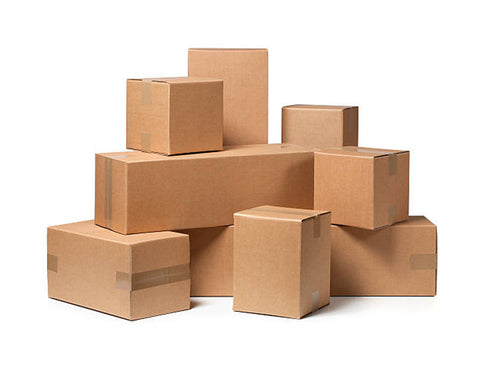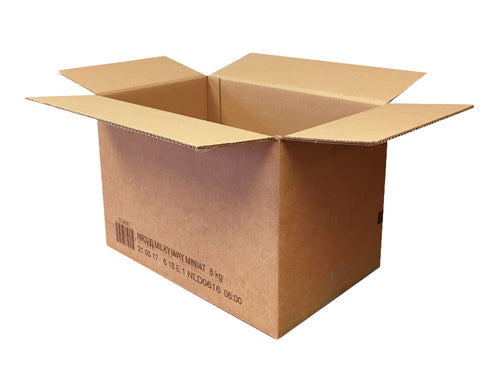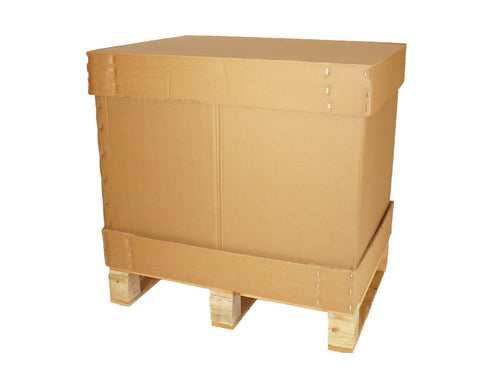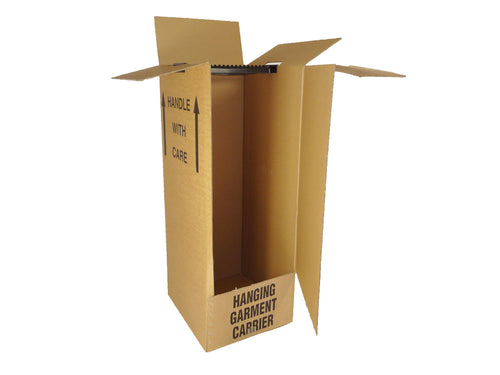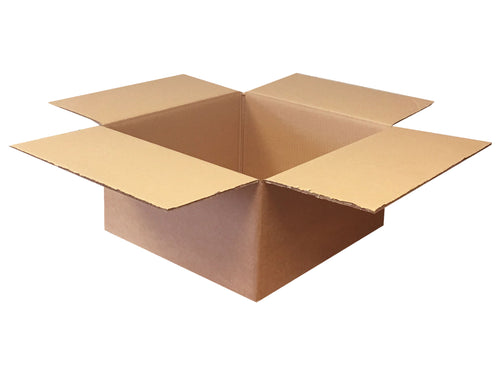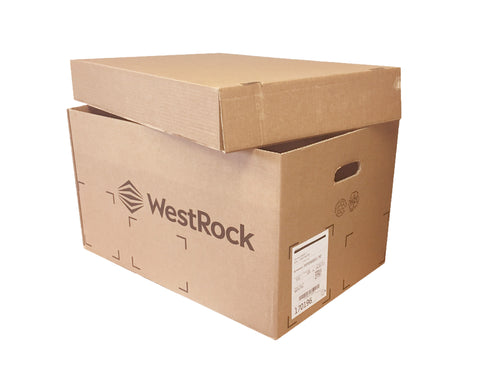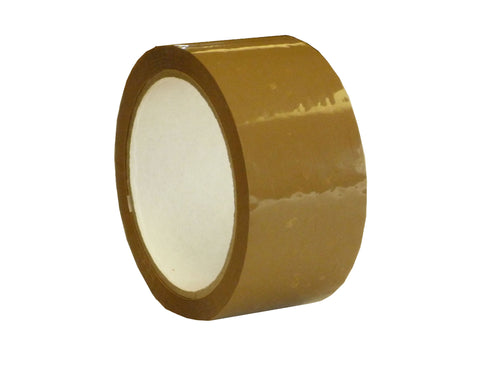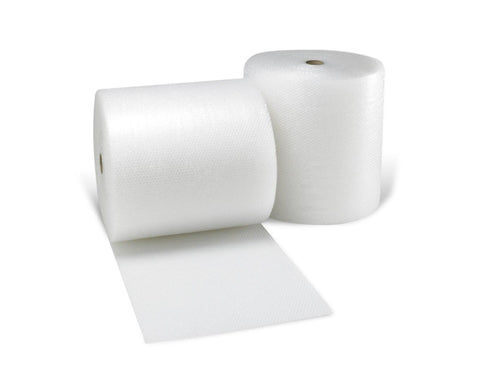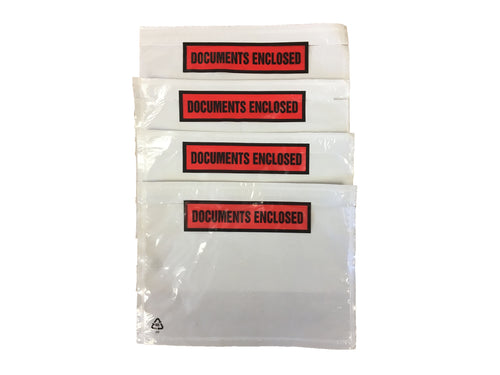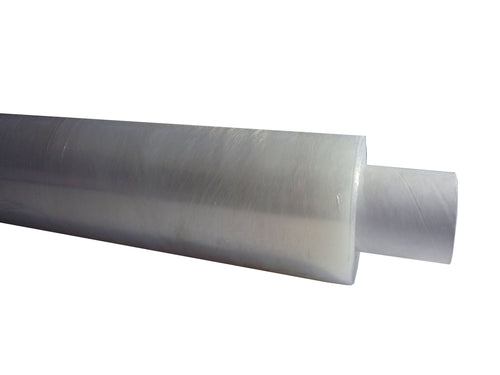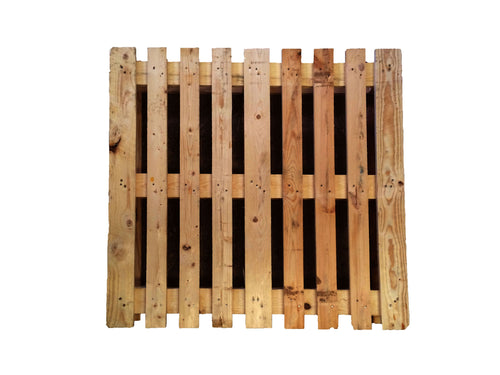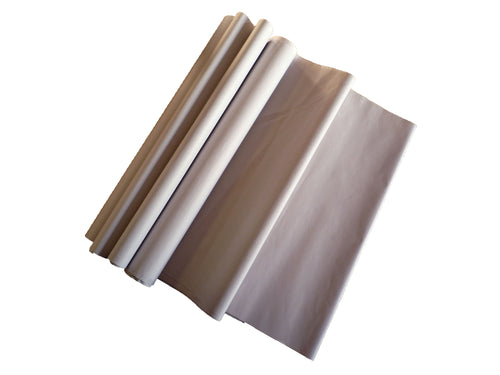Recycling and wishcycling across the UK
| Edited:
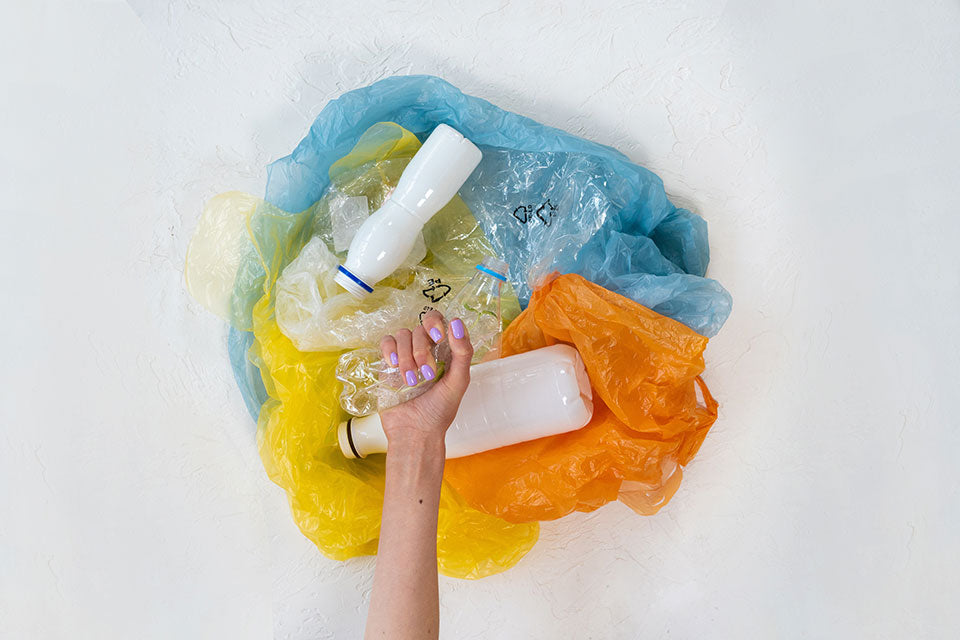
Do you ever find yourself wondering what exactly goes into the recycling bin and what doesn't? Every month, thousands of people all over the UK search for information on what they can and can’t recycle from home. With ‘wishcycling’ on the rise, and some parts of the country making it harder than others to recycle different goods and packaging, we’re taking a look at the items that cause the most confusion - and the parts of the country that are best, and worst, at recycling - and at helping people to recycle from home.
Wishcycling: Good intentions, unintended consequences
Wishcycling is a term that captures our desire to do the right thing by recycling, even when we're not entirely sure what can or should be recycled. It doesn't help that some packaging can cause confusion, and recycling and waste rules vary from place to place, with each county having its own unique set of regulations. It's no wonder we can sometimes get confused when it comes to recycling.
To give you a feel for just a few of the common causes of uncertainty, here’s a look at the number of people searching online each month to get answers to queries including ‘can I recycle’ and ‘can you recycle’:
|
Item causing confusion |
Monthly UK searches |
Global Searches |
|
Polystyrene |
3620 |
4020 |
|
Bubble wrap |
1370 |
3760 |
|
Blister packs |
1130 |
1160 |
|
Shredded paper |
790 |
2850 |
|
Clothes |
600 |
1480 |
|
CDs |
540 |
1230 |
|
Glass |
470 |
3800 |
|
Books |
420 |
1750 |
|
Pizza boxes |
220 |
3170 |
|
CD cases |
220 |
180 |
Wishcycling, despite our good intentions, can actually cause more harm than good. We risk contaminating the entire batch when we toss items into the recycling bin without knowing if they're truly recyclable. Contamination leads to problems at recycling facilities and even results in perfectly recyclable items ending up in landfills. This unintended consequence of a well-meaning act happens more than people expect. In fact, according to the Waste & Resources Action Programme (WRAP), 84% of households unintentionally contaminate their recycling due to wishcycling.
So, it's essential to understand what wishcycling means and why we should try to avoid it. You can play your part in reducing waste and preserving our environment by learning more about recycling guidelines specific to your area and making informed decisions about what you place in the recycling bin.
Top 10 things that regularly get wishcycled in the UK
A survey of over 3,000 people living in the UK found that 84% of us ‘wishcycle’. The results show us the top 10 items that are frequently wishcycled.
|
Items |
% of people who recycled items when not locally accepted |
|
Drinking glasses |
33% |
|
Foil pouches |
29% |
|
Toothpaste tubes |
26% |
|
Plastic film lids |
24% |
|
Tissues and paper towels |
22% |
|
Glass cookware |
22% |
|
Clingfilm |
20% |
|
Plastic toys |
18% |
|
Plastic frozen veg bags |
18% |
|
Thin plastic carrier bags |
17% |

Of course, the list above only scratches the surface, other things that are incorrectly recycled include:
- Bubblewrap (17%)
- Saucepans & cutlery (14%)
- Lightbulbs (12%)
- Bin bags (11%) and Bags for Life (11%)
- Textiles and clothing (6%)
- Electrical items (5%)
- Batteries (4%)
- Sanitary and hygiene products (4%)
One large factor at play here is the regional differences in what can and can’t be recycled in local councils. Neighbouring districts in the same county can sometimes have different rules, with certain postcodes able to recycle fabric and electricals on their doorstep, and others having to travel if they want to send plastic packaging and glass to a recycling plant instead of a landfill.
The UK’s best and worst recyclers
The following delineates the UK regions with the highest and lowest recycling rates. Remarkably, both the South East and North West regions feature on both lists, illustrating the inconsistent recycling behavior observed across the UK.
Top 5 UK regions for recycling
- Eastern
- South East
- South West
- North West
- Yorkshire and Humber
The Eastern region which includes Leicestershire is top of this list, managing to provide a better service despite a relatively lower spend per head (£768 budget per head). The top ten regions tend to include cities and towns with an average spend of £1,014 per head.
According to DEFRA data on local authority recycling rates, the East Devon District Council in the South West has a 61% recycling rate.
Bottom 5 UK regions for recycling
- East Midlands
- South East
- West Midlands
- London
- North West
Despite the North East not appearing in the bottom five, Northumberland is in the bottom ten counties for recycling. Counties like the West Midlands include larger cities such as Birmingham, which has a 22.8% recycling rate. And, according to DEFRA data, only 63% of Brummies “always recycle at home”. London and the South East have some of the worst recycling rates. Again, this is likely due to the size of these regions. However, recent DEFRA data reveals that London had the lowest household waste recycling rate in 2021/22 at 32.7%. Whereas the region with the highest household waste recycling rate was the South West at 48.9%.
Spending on recycling seems to make little difference here as the top ten worst regions have an average of £2,183 budget per head. That’s more than double the budget per head for the top ten best regions. When you start to look at what each local county council is doing, the big picture starts to look a little more interesting.
How home recycling and council policies vary in different parts of the UK
Recycling policies and strategies greatly differ across the UK, as do the types of materials that each region can recycle effectively. There are 350 local authorities in the UK, all with different policies and rules for recycling, this inconsistency is likely part of the reason for poor recycling rates in some areas.
Take the case of thin black plastic (i.e. commonly used in microwave meal packaging). Due to the technical limitation of most optical scanners, which use light reflection to identify materials, black plastic often gets mistaken for the black conveyor belt, leading to its rejection. Currently, only Buckinghamshire and Cambridgeshire recycle this specific type of plastic effectively, with the rest of the UK counties lacking the necessary infrastructure.
Plastic Thermoformed Trays (PTTs), used in yoghurt pots and margarine tubs, pose another challenge. PTTs comprise of various polymers, including Polystyrene (PS), Polyvinyl Chloride (PVC), Polypropylene (PP), and Low-Density Polyethylene (LDPE). This complicates the separation process in recycling plants, requiring specific and costly equipment. As a result, close to 20% of the counties in England either have partial recycling capacities or don't recycle PTTs at all, due to the lack of investment in this equipment.
Tetra-Pak cartons, frequently used for packaging juice and milk, present a similar problem. Composed of six different layers, including plastic, cardboard, and aluminium, these cartons are complex to process. The cardboard component can be easily salvaged, but the PolyAl (a compound of aluminium and plastic) is harder to salvage and often has to be incinerated. Facilities that can handle Tetra-Pak recycling are expensive and, thus, not present in every county. Almost a third of the English counties can either only partially recycle or cannot recycle Tetra-Paks at all due to these constraints.
Not sure what your local council recycles? You can use this tool to find out.
The areas with the best recycling policy, are Leicestershire, Gloucestershire and East Sussex. This is based on what is recyclable in each area, the individual policy, how easy and accessible waste information can be assessed on local council websites and the total expenditure spent on recycling processes.
- Leicestershire
- Gloucestershire
- East Sussex
Policies are one thing, but how do the counties fare with recycling rates?
The top five counties for recycling rate
- Three Rivers District Council - 63.5%
- South Oxfordshire District Council - 62.7%
- East Devon District Council - 61%
- Stockport MBC - 60.3%
- East Riding of Yorkshire Council - 60.1%
The bottom five counties for recycling rate
- Nottingham City Council - 25.3%
- Dartford Borough Council - 24.3%
- Birmingham City Council (West Midlands) - 22.8%
- Tower Hamlets LB (London) - 19.7%
- Barrow-in-Furness Borough Council - 17.7%
Recycling efforts need to go beyond the household consumer
While there are some things individuals can do, such as rinsing anything with food residue, ensuring dry cardboard waste, squashing down bottles, and being aware of what your local council recycles, achieving effective waste management is not solely dependent on individuals— at least, not alone. From a business and government perspective, more work needs to be done, instead of placing the responsibility to recycle correctly on consumers.
Despite this, consumers are doing their best and are becoming more vocal about the need for sustainable packaging options. According to data from Statista, the demand for sustainable packaging is high, as 81% of consumers prefer eco-friendly packaging materials. In addition, 80% of UK consumers believe online shipments contain excess packaging.
There is only so much that consumers can do when businesses sell and ship things in plastic packaging, such as using plastic postage bags that can't be recycled instead of cardboard boxes that can.
While government legislation like the Plastic Packaging Tax (PPT) or the Extended Producer Responsibility for Packaging (EPRp) will help to reduce the amount of waste in the home and out and about we can't recycle, businesses of all shapes and sizes must look at sustainable alternatives wherever possible.

More than recycling: The importance of reducing and reusing
Let’s not forget the often neglected ‘R’s of the “Reduce, Reuse & Recycle” mantra. Reducing and reusing packaging are essential components of sustainable waste management and hold equal significance alongside recycling. While recycling is crucial in diverting materials from landfills and conserving resources, it is not a perfect solution.
The recycling process itself consumes energy and resources, and not all materials can be effectively recycled. We can tackle the issue at its source if we focus on reducing and reusing packaging. That’s one of the reasons why Sadlers sells a range of used cardboard boxes as part of our product range.
Reducing packaging minimises the overall amount of materials used, leading to less waste generation and environmental impact. Reusing packaging finds alternative uses for items instead of discarding them after a single use, promoting resource conservation and extending the lifespan of products.
Emphasising reduction and reuse alongside recycling encourages a comprehensive approach to waste management, fostering a more sustainable and circular economy.
Gavin Sadler, Manager at Sadlers Cartons says:
“Packaging provides one of the biggest opportunities for businesses to push waste up the waste hierarchy to reuse, and in particular, cardboard boxes which every product-based company uses. If a cardboard box can be reused then there is no reason why it should be recycled.”
Sadlers' commitment to reuse has been strong from the start. In recent years the company has become more vocal about the benefits of reuse, led by their Head of Sustainability and Communications, Lauren Sadler. With an MSc in Sustainable Development, Lauren has translated her interest in the circular economy, zero waste and closed-loop sustainability into communicating the core values of the business.
“The more cardboard and used cardboard businesses use, the more sustainable the packaging industry will become. While we can’t avoid plastic completely, we need to rely less on plastic and more on sustainable packaging materials like cardboard. After all, consumers understand cardboard boxes are recyclable”.
“This will reduce the confusion around recycling for consumers, reduce wishcycling and ensure the responsibility isn’t solely on the consumer. As it stands, the government and businesses have a responsibility to do more to reverse the damage already caused”.
A greener tomorrow is possible
The path to sustainable waste management requires a concerted effort from all stakeholders involved. By addressing wishcycling through education and clear guidelines, we can all reduce contamination and improve recycling rates.
Emphasising the importance of reduction and reuse in the packaging industry allows us to tackle waste at its source. Through collaboration, innovation, and a shared commitment to responsible waste management, we can build a future where recycling, reduction, and reuse harmoniously coexist, preserving our environment for generations.

